Bridge Protocol (IAM) — Identity, Secured
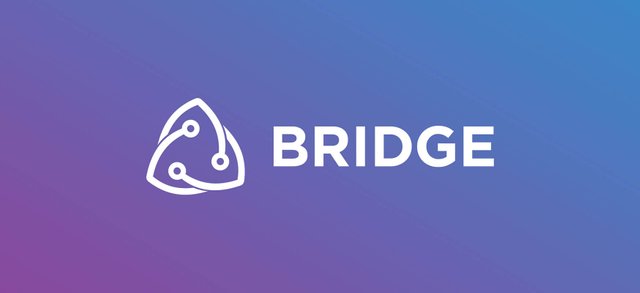
When we talk about the problems that bridge protocol want to solve, the first thing is it the cost of running an ICO or another similar project is $125000 to $250000 in legal fees alone and obviously when you’re conducting KYC checks to get on your exchanges or do any other sort of a legal business is a very expensive and tedious process and that really needs modernizations. These puts up unnecessary cost barriers for company, small companies especially and looking to raise, crowdfund their business and of course most of the ICOs that are launched are small businesses, there are a lot bigger businesses that should know better that really don’t need to run ICOs and the other businesses are trying to prop up their field businesses and that aren’t making any money so they they go you do it a public because you’re mocking you put money in and that it least that’s the way they treat us but small businesses ones with really attractive propositions and that can’t afford to put sort of money for legal fees basically is prohibitive for them to do the crowdfunding. So, unnecessary cost barriers are that one of the major drawbacks of the current system. Restricting or restricted entrepreneurs from crowdfunding or gaining access to funds that they need to get their projects off the ground. Attorneys or lawyers legal eagles are getting rich of this because they can milk it, you need legal representation especially if you are in the U. S. or a elsewhere, you really need to do everything on board otherwise the authority start looking into you and then you get problems. Traditional KYC — know your customer it costs are very prohibitive, they cost about 30k to 50k US dollar just to conduct into your customer campaign which is actually required for all of exchanges these days and that is required by law or regulation and many countries around the world. Also, identities need to be re verify during the ICO, could be the case that you’re going to go through again so you’re paying twice. Another big problem is the customer data that you’ve go on a centralized system can be compromises, no privacy, certainly no security. The biggest problem is failure to implement blockchain, it’s quite ironic you’re not implementing a blockchain system for identity verification for people are buying into new blockchain technology which is quite odd.

So, referring to the whitepaper the aims of bridge protocol as follows the bridge protocol is an open distributed network of trusted machines and users promoting behaviour standards and enforcement mechanisms to provide real world value and application. The system facilitates an ability for users to deploy business processes that comply to existing standards and regulations so it looks very technical but essentially what they’re doing is they’re going to have a digital identity, system on the blockchain, on the neo blockchain in the case of bridge protocol, that will allow companies to access information a lot quicker, verifiable quicker and reduce the costs and guarantee privacy because it will be decentralized system and also it will make it easier for the consumer, costumer if we’re partaking in for example ICOs, I use the ICOs as the example is the easiest one is the one they are identifying or they’re targeting a for their business initially but this digital identity has quite a wall of uses for example if you’re opening a bank account, if you are a investing in stocks or shares, if you’re doing anything that requires verification on the internet and then this will be a system that will work both for you the consumer and for the client as well. So, essentially you get your own digital identity is immutable and it just needs verification on the old occasion so it’s a new system, everybody eventually I think will have one and the bridge protocol are lighting up to provide their own service for ICOs initially and then they will move on to other areas as well.
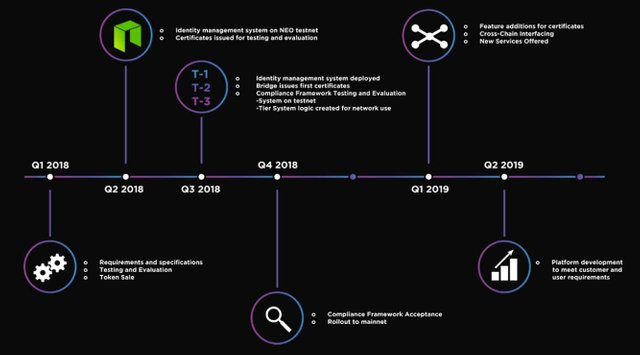
So the bridge protocol is going to implement a micro services architecture for business applications that uses the blockchain for management of activities relating to smart contract, services and general logic processing on its network. The important thing about this is that they are going to be a cross chain or cross blockchain interface so that they can be used on multiple different blockchain which is important and we have so many blockchains now, 2 main ones obviously the ethereum blockchain which is leading the way and the development of decentralized apps or dapps and also following the neo blockchain and several other systems coming out a with the other platforms and again how are you going to integrate this, how are you going to be able to use one service if it only applies to one blockchain so that’s not not really feasible in the future, you really want to have a model that can cross blockchain and also retain all of the features of the privacy the security that its own chain so that’s what bridge protocol intend to do, they will basically be providing a certificate for a digital identities so that would be authority if you like on the blockchain and there will be a high assurance with this or high standard so to say it and you can also apply to many different industries not just ICOs.
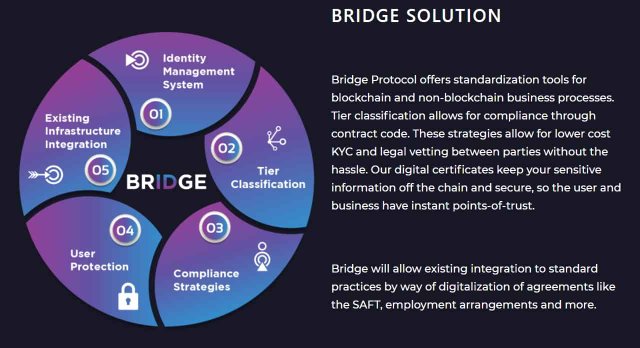
When we talk about the technology part, first thing the bridge Identity management system and that manages issuance, the revocation of identities on the blockchain so they have the system called bring your own key or BYOK and it allows a user to share only the data that they select when and where they want to you’ll be in charge of exactly what data that you share, if you don’t want to share your passport details for example you date birth and your gender whatever you can set your permission so you’re ultimately you are in control of the data that you’re giving away and there will be certificates as well as a certificate authority they need something to give to their clients, banks, the companies that running ICOs are demanding that he KYC information so they say that they will be issued on pre set classifications so users will be granted permission to participate through the public address. Tier functionality allows access to contracts to easy integration for all ICOs to use market place agreements. They will also have a market place which is an interesting feature a so IAM tokens will allow access to store fronts for legal agreements, ICOs templates verification, development opportunities micro services at community driven costs.
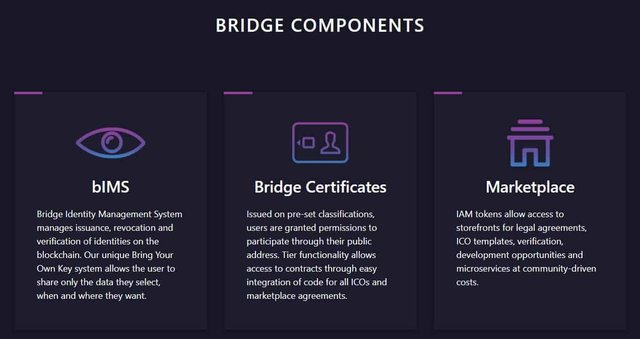
The transactions will be run on a private chain or site chain and the NEO blockchain only be used for operations and to run ICO contract for example. The bridge protocol will allow identity portability, universal KYC and also the important part cross-blockchain standardizing so that can be used in a many other different blockchain which again is important with a lot of blockchain technologies coming along I think we’ll have a few that will be used specially ethereum, you have NEO, perhaps dragonchain and a few others will also rise to prominence so you really need to be adaptable and tackle everything you can a pigeon hole yourself. So, the IAM token will fuel the ecosystem of the storefront and it will allow you to access the marketplace, micro services and also be used for the fees for using the system itself.
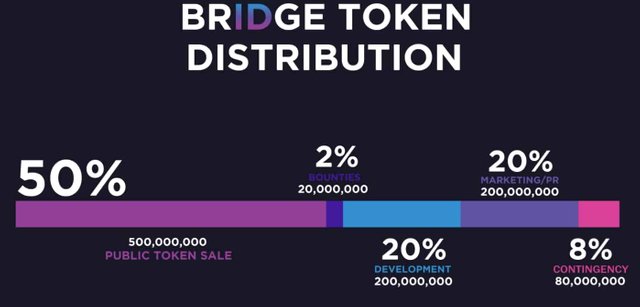
They have a 5 step system, they will have an identity management system, a tier classification basically the higher up tier you are the more verifications been done on you. One is just a basic verification, two has to take part on ICOs and basically like a normal KYC if you like and number 3 the top tier as for accredited investors that have actual status. Stage three will be complying strategies for use of protection and five, they will also in to integrate with existing infrastructure because there are a lot of that legal companies and such like that don’t actually implement any blockchain technology so you’ve got to have some way to integrate with what they’ve already got. So, the bridge IAM token a will fuel the ecosystem and it will allow you to get into the marketplace to buy or sell KYC services. It will also be used to pay for micro services and also will be used to pay using the systems will be essentially use for fees. the store fronts will provide a identity services know your customer solutions and also you’ll be able to access legal service providers as well and on the blockchain.
Website: https://www.bridgeprotocol.io
Twitter: https://twitter.com/BridgeProtocol
Telegram: https://t.me/BRIDGEprotocol
Whitepaper: https://storage.googleapis.com/bridge-assets/bridge-protocol-whitepaper-1_0.pdf
Authored by: donniedarko
Bitcointalk url: https://bitcointalk.org/index.php?action=profile;u=1720051